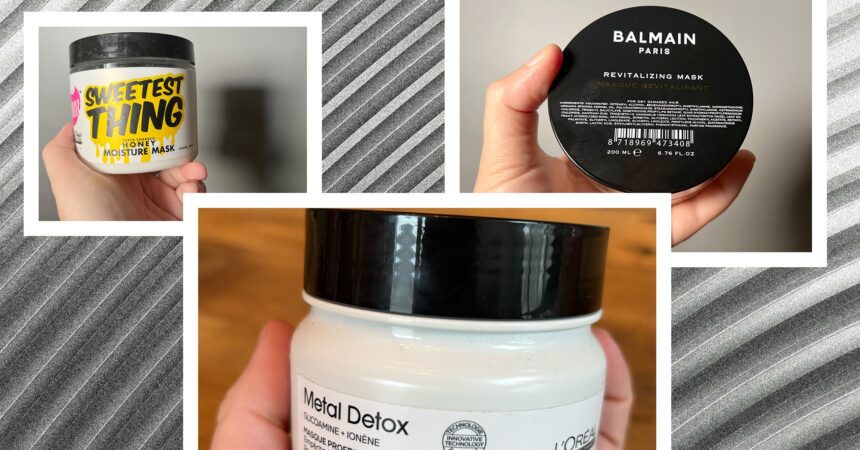You may come across various terms in the realm of hair masks. Here’s a brief overview of what they signify.
Sulfates: Sulfates are cleansing agents commonly found in shampoos and conditioners. They can be drying with excessive use, so if your hair tends to be on the dry side, you might consider steering clear of them.
Color-safe: The term color-safe isn’t officially regulated, but it typically suggests that a product is free of harsh cleansing agents that could diminish your hair color. I’ve experienced some color-safe products that stripped my hair color and others that did not remove any pigment. If you have colored hair, I advise doing a patch test on a small section close to the back of your head before applying a product liberally.
Alcohols: Short-chain alcohols such as propanol, ethanol, and isopropyl alcohol evaporate quickly, which may lead to dryness in your hair. On the other hand, fatty alcohols like stearyl alcohol can provide moisture to the hair. Not all alcohols are alike. Just because a product is labeled alcohol-free doesn’t guarantee it will be more hydrating.
Silicones: Silicones coat the hair shaft, resulting in smoother and shinier strands. However, if they aren’t water-soluble, they can accumulate over time, causing your hair to look duller and feel drier. Ultimately, the decision to use silicones comes down to personal choice. I prefer to avoid them, but I also use a deep-cleansing shampoo filled with sulfates about once a month to “reset” my hair and eliminate any residual buildup from the products I use.
Active ingredients: Most hair masks mention their “active ingredients” (which I’ve further detailed in the non-exhaustive lists in the tables under my recommendations). These can include a range of items like oils, butters, plant extracts, and keratin. Certain ingredients do not guarantee specific outcomes. For instance, my hair thrives with some shea butter formulations while it reacts negatively to others. Ingredients can give you an insight into the mask’s intended purpose, but the most effective way to determine compatibility is through personal testing. Additionally, reviewing feedback from others who have similar hair types can also be beneficial.










